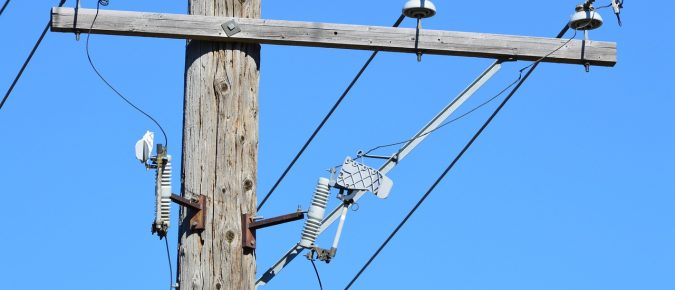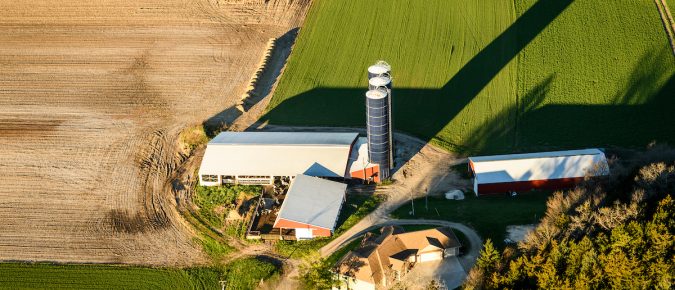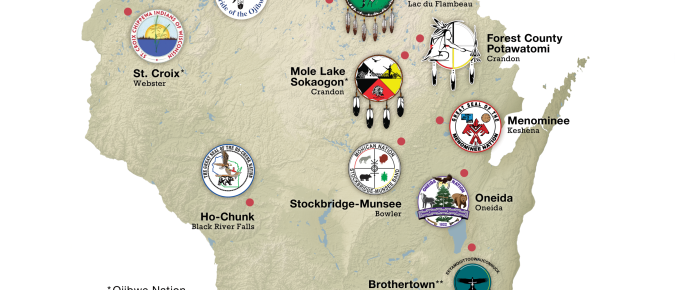Latest Wisconsin Broadband News from UW-Madison Extension’s Broadband Team. Contains updates on the newly approved BEAD Initial Proposal Volume 2, Letter of Intent Period webinar and deadlines, funding opportunity webinar, RDOF defaults, engagement and endorsement, and other resources.
The Wisconsin Digital Navigator Network brings together agencies, nonprofits, community leaders, and others working on digital skills education. Improving digital skills, alongside broadband deployment, increases internet adoption (Pew Charitable Trusts, 2025). The network meets the first Wednesday of the month, 10:00 AM – 11:30 AM. Members engage in peer learning, learn from presenters both within […]
(Image Source: Aaron Lefler / Unsplash) Understanding the process of utility pole attachments and rights of way is a crucial step in successful broadband deployment. Join us for this informative webinar where you’ll learn how to effectively collaborate with existing utilities to enhance your broadband expansion project. What You’ll Gain: Intended Audience: This webinar is […]
Wisconsin follows the nationwide trend of a relatively small yet growing number of diverse business owners. This recent growth suggests a promising and economically important future for diverse business owners despite evidence that they face significant challenges.
Click on each link to read the full case study. Bridging the Digital Divide in Racine: A Collaborative Approach Discover how Racine built a cross-sector coalition to tackle affordability and digital literacy—leveraging data, interns, and advocacy to connect underserved residents and sustain ACP enrollment. Learn about this case study cascase From Frustration to Fiber: Town […]
Latest Wisconsin Broadband News from UW-Madison Extension’s Broadband Team. Contains updates on the newly approved BEAD Initial Proposal Volume 2, Letter of Intent Period webinar and deadlines, funding opportunity webinar, RDOF defaults, engagement and endorsement, and other resources.
In this WIndicator we focus on a relatively simple measure of prosperity to gain insight on the broader question of livability and contribute to ongoing local discussions. We explored patterns of place prosperity across four distinct dimensions: poverty, unemployment, housing, and education. Our analysis includes all U.S. counties and extends over time across three decades.
November 12, 2024 | Mole Lake Casino Lodge Event Center | Crandon, WI Many thanks to our sponsors! Workshop Agenda Workshop Slide Decks Workshop Handouts Workshop Summaries Speakers
Latest Wisconsin Broadband News from UW-Madison Extension’s Broadband Team. Contains updates on the newly approved BEAD Initial Proposal Volume 2, Letter of Intent Period webinar and deadlines, funding opportunity webinar, RDOF defaults, engagement and endorsement, and other resources.
This downloadable resource provides guidance on writing a BEAD endorsement resolution and/or letter to support an Eligible Entity’s BEAD funding application.
Achieving digital equity is essential for civic and cultural participation, employment, lifelong learning, and access to essential services. This article contains data on digital equity in Wisconsin and tips for getting involved in your community.
Latest Wisconsin Broadband News from UW-Madison Extension’s Broadband Team. Contains updates on the newly approved BEAD Initial Proposal Volume 2, Letter of Intent Period webinar and deadlines, funding opportunity webinar, RDOF defaults, engagement and endorsement, and other resources.













